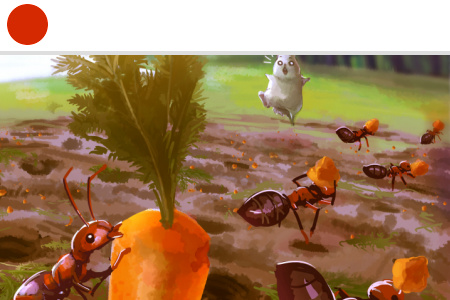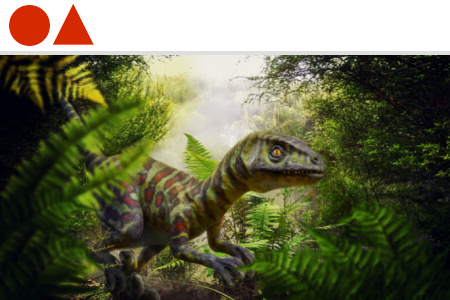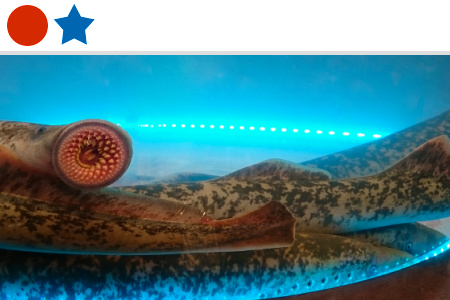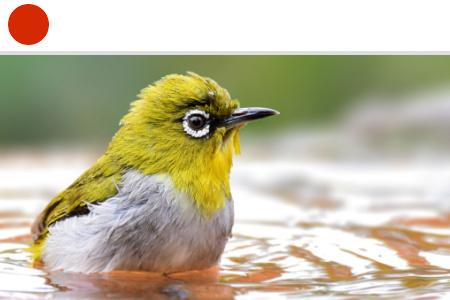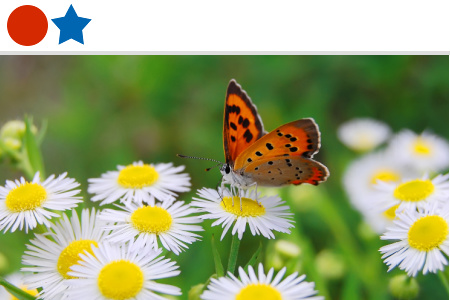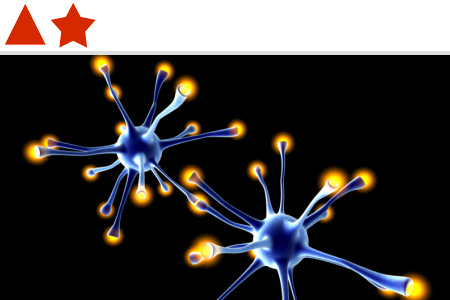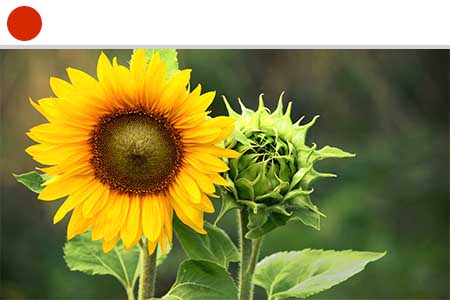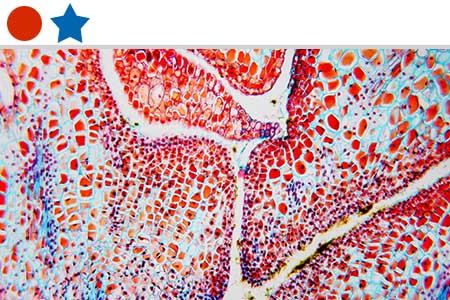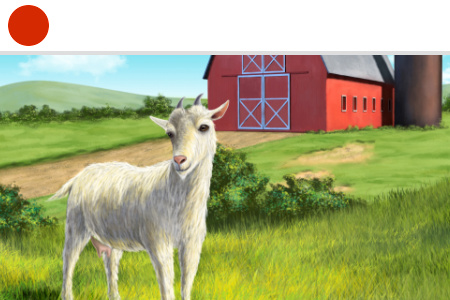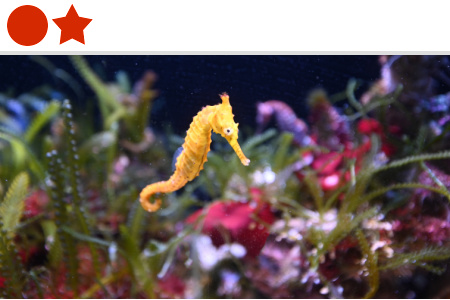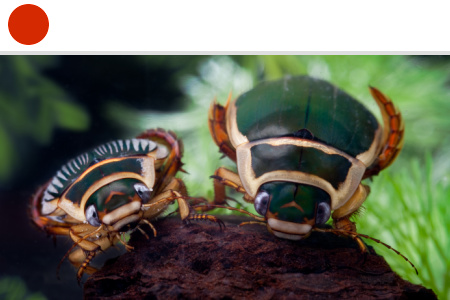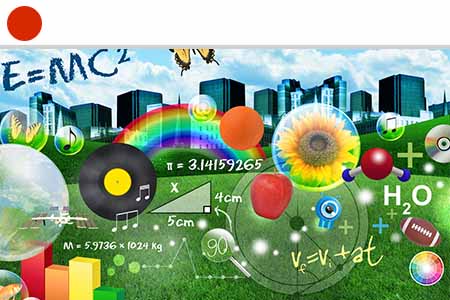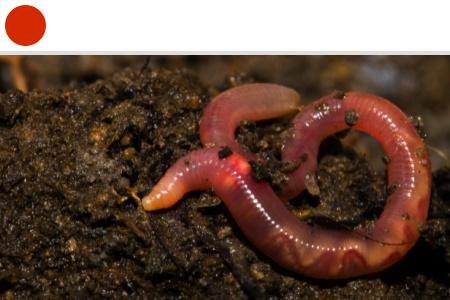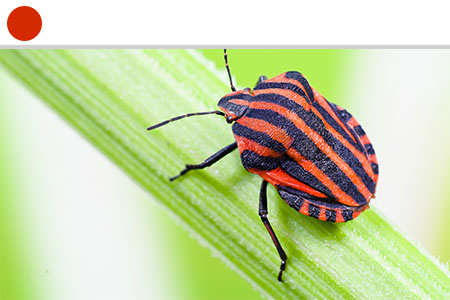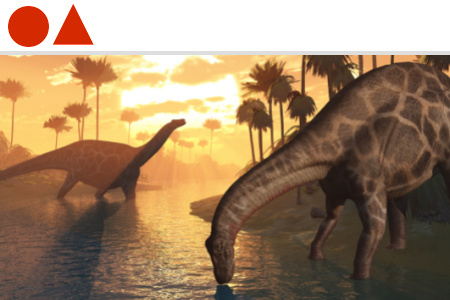Course Sample
Exploring God’s World with Sixth Grade Science
By Deana Pittman
Introduction to the Kingdoms
Lesson 2
Living things are created in all shapes and sizes; they all have different abilities and different niches! Some living things are able to move around and need to find their food; some living things cannot move around, but they can make their own food! There are many living things that are so small they cannot be seen with the naked eye; some cause disease, and some can make us well! With all this variety, it was necessary to figure out a way to organize all these life forms. Although not all scientists agree, there are five basic kingdoms (or categories) of living things.
- Plants
- Animals
- Bacteria (eubacteria, archaebacteria)
- Protists
- Fungi
This website gives a basic overview of the different kingdoms and how they came to be. Read about the five different kingdoms and watch the video on the differences of the five kingdoms (note – this site separates Bacteria into eubacteria and archaebacteria).
https://wehavekids.com/education/Learn-About-the-Six-Kingdoms-of-Life-for-Kids
 In your science notebook, make a list of the five kingdoms. Include a description of each of the five kingdoms. Draw a picture or make a list—whichever works to help you remember the differences.
In your science notebook, make a list of the five kingdoms. Include a description of each of the five kingdoms. Draw a picture or make a list—whichever works to help you remember the differences.
Since we will cover the plants and animals in more detail, take this time to look more closely at the fungi, bacteria, and protist kingdoms. Answer a quick question about each kingdom in your notebook. You can also use these resources to add to the descriptions in your science notebook.
Fungi:
https://www.ducksters.com/science/biology/fungi.php
How do fungi reproduce?
Bacteria:
https://www.ducksters.com/science/bacteria.php
What kind of bacteria make us sick?
Protist:
https://www.ducksters.com/science/biology/protists.php
Name two types of protists.
Let’s Talk About Plants
There are plants all around us. We all know that trees, grass, flowers, vegetables, and all the shrubs around your house are plants. You know the difference between a plant and an animal. But, what makes a plant a plant, instead of a fungi or a bacteria or a protist? Sometimes these categories get a little blurry. So, let’s take a minute to compare the different kingdoms ONE MORE TIME. We will pay special attention to the plant kingdom.
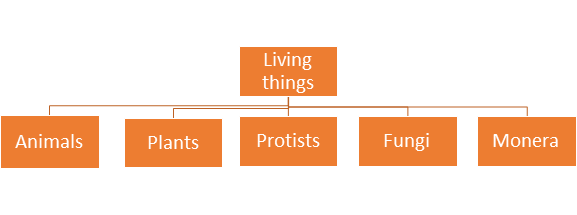
multi-celled multi-celled single-celled multi-celled single-celled
cell wall no cell walls
makes food .
So, there are several differences between plants and other kingdoms. Plants can do certain things no other living things can do; they can make their own food using cellular organelles called chloroplasts. The process is known as photosynthesis, and we will learn more about that later in this course.
Keep this diagram in mind as you move on through the lesson. We will talk about how to differentiate the different categories of plants in the next section.
To view a full sample of this class, click here.














